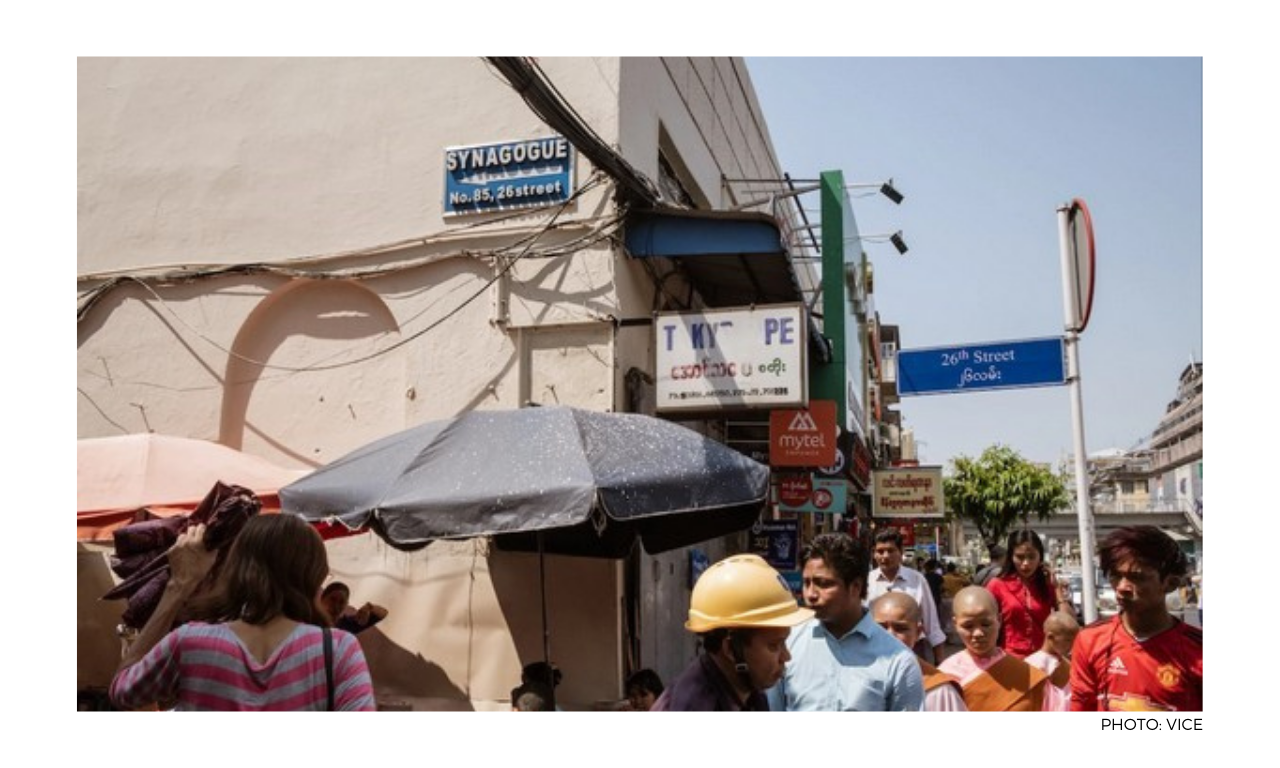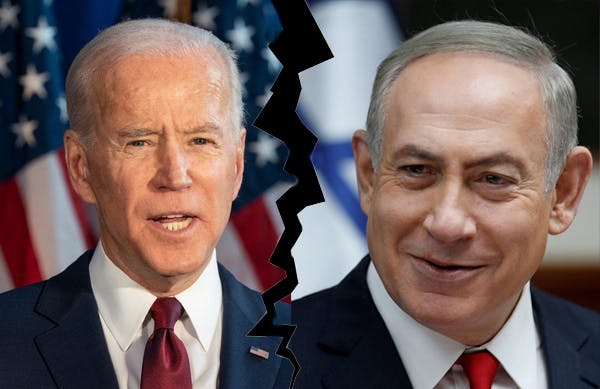Published: 10 December 2021
Last updated: 4 March 2024
Myanmar’s Jewish community reached its apex in 1940 when there were around 2,500 Jews in what was then known as Burma
IT WAS A hot day in Yangon, Myanmar’s former capital. I was there to attend the city’s annual Photo Festival in 2019. Wandering through the busy, sweltering streets of one of the city’s Muslim neighbourhoods, I was surprised to stumble across a synagogue.
The country’s most recent census, conducted in 2014 and published two years later, states that there are 135 ethnic groups in Myanmar, with Buddhists making up for nearly 90 percent of the population.
In recent years, Myanmar has become a global concern due to the ongoing mistreatment of the Rohingya people, the stateless Muslim minority group. A campaign of what Doctors Without Borders describe as “targeted violence launched by the Myanmar military” began in 2017 and the genocide continues to this day, despite mass migration across the border to Bangladesh.
Myanmar’s Jewish community has never been great in size, reaching its apex in 1940 when there were around 2,500 Jews in what was then known as Burma. The population consisted largely of the descendants of Iraqi and Indian migrants who moved to Myanmar in the mid-19th century.
The Japanese invasion of the country in 1942 led to the reserve happening, with the Jewish population dwindling as a result of Jews fleeing to countries like India as the conflict escalated.
FULL STORY Photos of Myanmar's only synagogue and its small Jewish community (Vice)
Photo: A sign pointing to Yangon's only synagogue (Vice)



